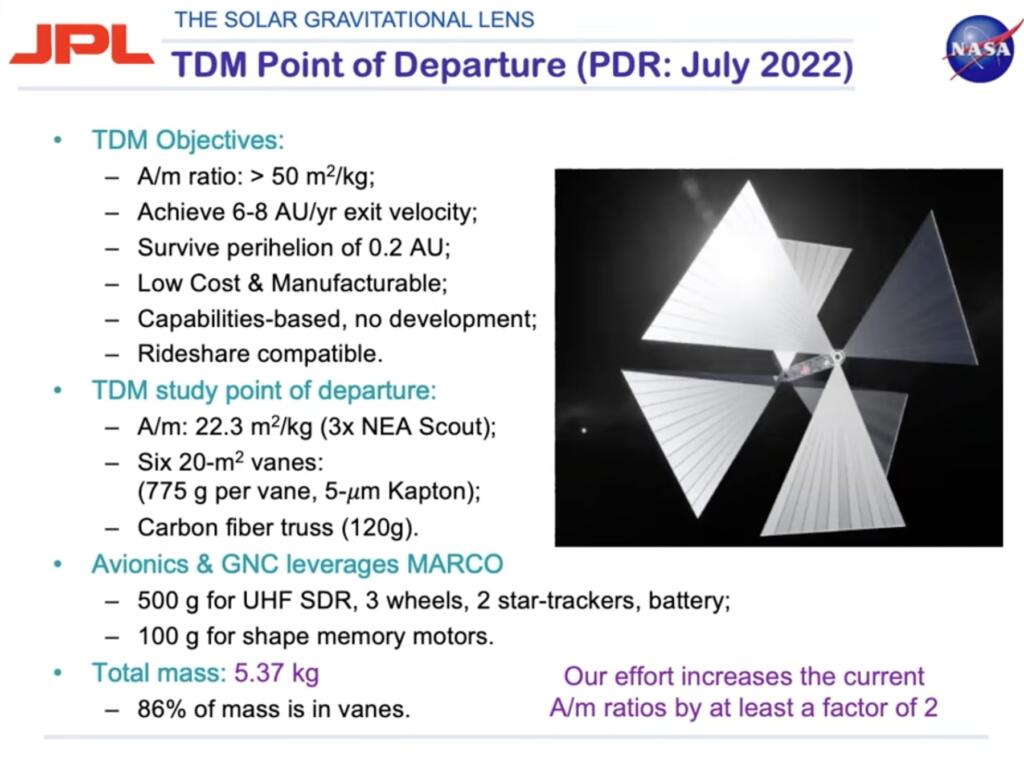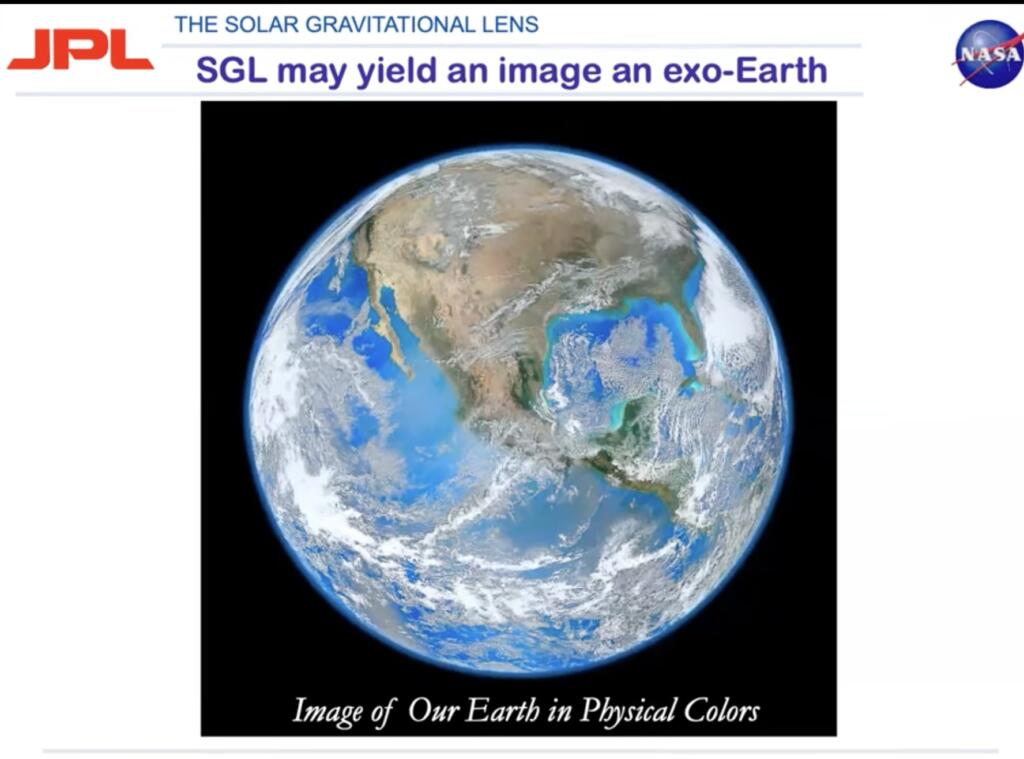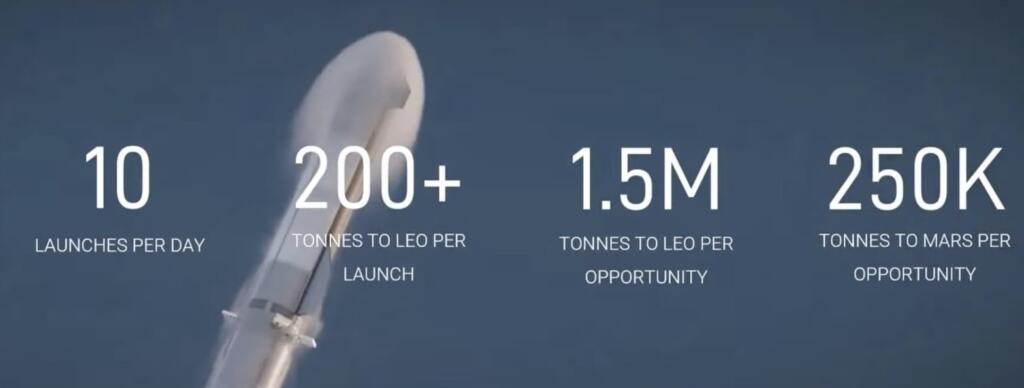A deep discussion of the developments with AI and the upcoming 2025 Tesla Dojo 2 and 2026 Dojo 3 chips. But AI needs compute and data.
Won’t AI reach a limit as we use up human created data?
What if you can use mass production of space telescopes to monitor the whole galaxy down to objects the size of 10-100 kilometers in resolution?
Sending space probes would take decades to reach the nearest star and would take 100,000 years to get across the galaxy and lightspeed and sending back data would take another 100,000 years.
NASA has had many studies looking at placing one meter telescopes at the gravitational lensing areas. This allows a telescopes to leverage the gravity of the sun to make a telescope 100 billion times more effective. You would also need a solar coronograph to block the light of the other stars will enable the telescopes to directly image planets and moons and details of quasers and black hole halos and other objects.




NASA was working on a one third scale prototypes of the solar sails. Components like the sails have been built. This mission would be about 6 kilograms. A full scale mission would be less than 50 kilograms.



Galaxy Monitoring Array
What has not been considered by NASA is production of the lightweight one meter telescopes at scale. What kind of scale? The scale of all cars on Earth and beyond?
Gravitational lensing enables looking that objects directly on the other side of the sun. If we had one scope for every solar system in the galaxy then we would be able to constantly image objects in every solar system in the galaxy. We would only need to go about 20 times faster than we have up to today. Solar sails that swing around the sun could achieve these speeds. We need to improve the heat resistance of the materials with materials that we have now.
Getting out 20 times further than Pluto lets us use the Sun for this 100 billion times improvement. A halo of telescopes around the sun is the Galaxy observation array.

SpaceX has 6300 Starlink satellites before the fully reusable Starship increases capabilities by thousands of times.
Mass production of satellites could go to the millions and outnumber the 5 million global cell towers.
How about billions of Starlink sized space satellites? There are 2 billion cars in the world.
Starlink sized space telescopes could be made at scale and placed beyond the orbit of Pluto.
The telescopes and solar sails would be about 50 kilogram but slightly improved versions could get the mass down to 20 kilograms. This would be 100 times less than a car. Building and deploying the same mass of space telescopes as the world’s cars would be about 200 billion telescopes.
The same mass of the world’s cars in space telescopes would be 200 billion telescope probes. This is about the number for each solar system in the galaxy. They would be like remote probes. Going out 3 light days to monitor 4 to 100,000 light years and beyond. Learn the galaxy and the Universe in detail with a flood of information for AI analysis and learning.

1000 SpaceX Starship fleets would launch 250,000 tons every two years to Mars but 1.5 million tons to low earth orbit. The solar sail telescopes vehicles would not need to be refueled from orbit and would not need to be carried by the Starships. They would use the solar sails to fly around the sun and get speed.
The earth orbit Starship fleet could be expanded to 10,000 to 1 million SpaceX Starships by keeping production rates up.
The world has 30,000 large commercial passenger planes and those planes cost about $350 million each. The SpaceX Starship with booster can have $250k raptor engines and an overall cost of about $20 million.
A 30,000 SpaceX Starship fleet could lift 45 million tons to orbit every week. This would be enough lift capacity for 1 billion one meter light weight telescopes.

Brian Wang is a Futurist Thought Leader and a popular Science blogger with 1 million readers per month. His blog Nextbigfuture.com is ranked #1 Science News Blog. It covers many disruptive technology and trends including Space, Robotics, Artificial Intelligence, Medicine, Anti-aging Biotechnology, and Nanotechnology.
Known for identifying cutting edge technologies, he is currently a Co-Founder of a startup and fundraiser for high potential early-stage companies. He is the Head of Research for Allocations for deep technology investments and an Angel Investor at Space Angels.
A frequent speaker at corporations, he has been a TEDx speaker, a Singularity University speaker and guest at numerous interviews for radio and podcasts. He is open to public speaking and advising engagements.